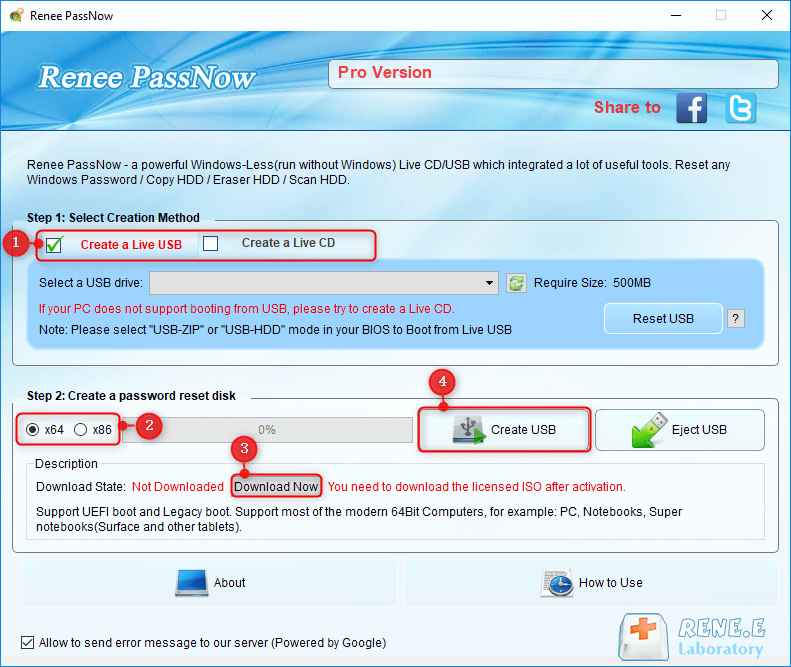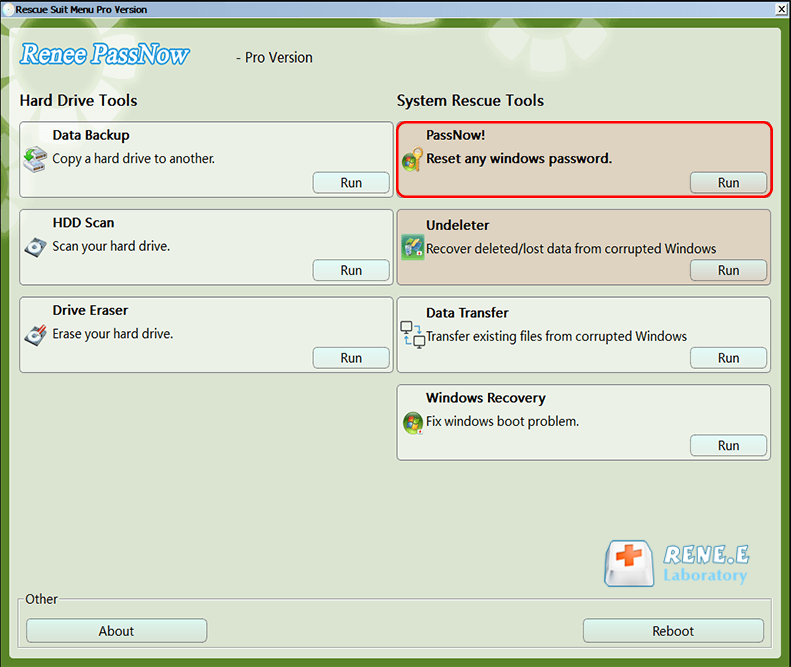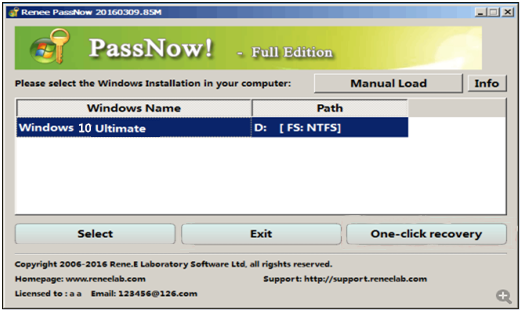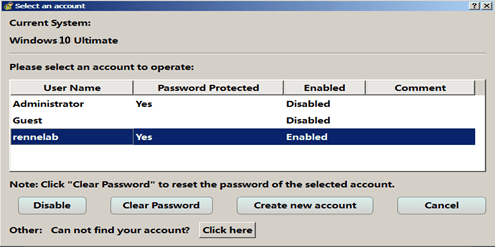How to Remove the PIN Login Option for Windows 10
- Home
- Support
- Tips System Rescue
- How to Remove the PIN Login Option for Windows 10
Summary
Discover how to remove the PIN login option for multiple user accounts in Windows 10 with this comprehensive guide. From manual methods to third-party tools, we'll show you the best ways to streamline your login process and enhance security on shared devices.
gpedit.msc
"Computer Configuration" > "Administrative Templates" > "System" > "Logon"
“Do not display the password reveal button”
Start by downloading Renee PassNow from the official website and install it on a different computer that you can access. You can choose the appropriate version based on your computer’s operating system.

Remove Windows Login Password 3 steps for whole password remove process.
Recover the files Recover the deleted files without Windows system.
Transfer the data Transfer the important files of the computer with system.
Multifuctional Data transfer, data recovery, bootable problem recovery can be run without system.
Highly compatible Windows 11/10/8.1/8/7/XP/Vista. UEFI boot.
Remove Login Password Support Windows 11/10/8.1/8/7/XP/Vista. UEFI boot.
Recover the files Recover the deleted files without Windows system.
Transfer the data Transfer the important files of the computer with system.
Launch Renee PassNow and insert a USB flash drive or blank CD/DVD into the computer. Select the option to create a bootable media. Follow the on-screen instructions to complete the process.

Insert the bootable USB or CD/DVD into the locked Windows computer. Restart the computer and enter the BIOS settings by pressing the appropriate key (usually F2 or Delete). Configure the boot order to prioritize the bootable media.
| Server Type | Enter boot menu method |
|---|---|
| DELL | Press the F12 key repeatedly before the Dell logo appears on the screen. |
| HP | Press the F9 key multiple times when the HP logo is displayed. |
| BIOS Name | Enter boot menu method |
|---|---|
| ASRock | DEL or F2 |
| ASUS | DEL or F2 for PCs/ DEL or F2 for Motherboards |
| Acer | DEL or F2 |
| Dell | F12 or F2 |
| ECS | DEL |
| Gigabyte / Aorus | DEL or F2 |
| Lenovo (Consumer Laptops) | F2 or Fn + F2 |
| Lenovo (Desktops) | F1 |
| Lenovo (ThinkPads) | Enter then F1 |
| MSI | DEL |
| Microsoft Surface Tablets | Press and hold Power and Volume Up buttons |
| Origin PC | F2 |
| Samsung | F2 |
| Toshiba | F2 |
| Zotac | DEL |
| HP | Esc/ F9 for \`Boot Menu\`/ Esc/ F10/ Storage tab/ Boot Order/ Legacy Boot Sources |
| INTEL | F10 |

After successfully booting from the bootable media, Renee PassNow will load. Select “PassNow!” function after booting from the new created Windows password reset disk.

Choose the user account for which you want to reset the password. Then, click on the “Clear Password” button. Renee PassNow will remove or reset the password for the selected user account.


Once the password is reset, remove the bootable media from the PC and restart the computer. You will now be able to log in to Windows Account without a password.
- Effective solution for removing PIN login in Windows 10
- Can be used when unable to access Group Policy Editor
Cons:
- Involves using third-party software
- Need to purchase a license
Relate Links :
Change Your PIN: A Guide for Windows 10 Users
13-10-2023
Jennifer Thatcher : Upgrade your security with these tips for changing your PIN on Windows 10. Learn the best practices for...
Enjoy Seamless Login: Remove Password and Pin on Windows 11
27-09-2023
Ashley S. Miller : Discover the benefits of removing password and PIN login on Windows 11. Follow our step-by-step guide to configure...
Forgot Windows 10 PIN? A Comprehensive Guide to reset it
27-09-2023
Ashley S. Miller : Forgot your Windows 10 PIN? Don't worry, here's a step-by-step guide on how to recover or reset it...
Remove PIN on Windows 11: A Step-by-Step Guide
27-09-2023
Amanda J. Brook : Learn how to remove the PIN login feature on Windows 11 with our step-by-step guide. We also discuss...




